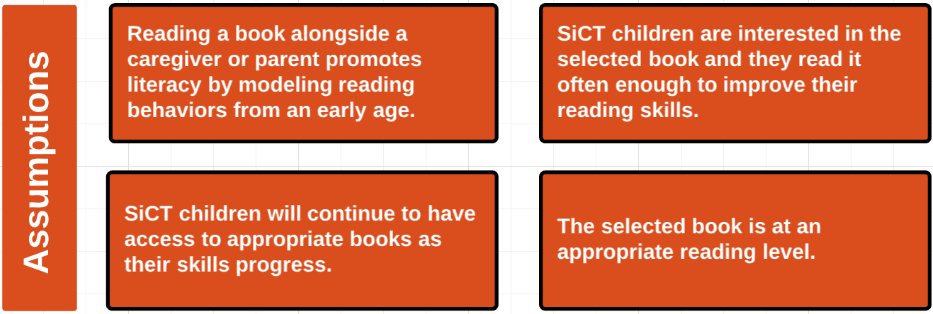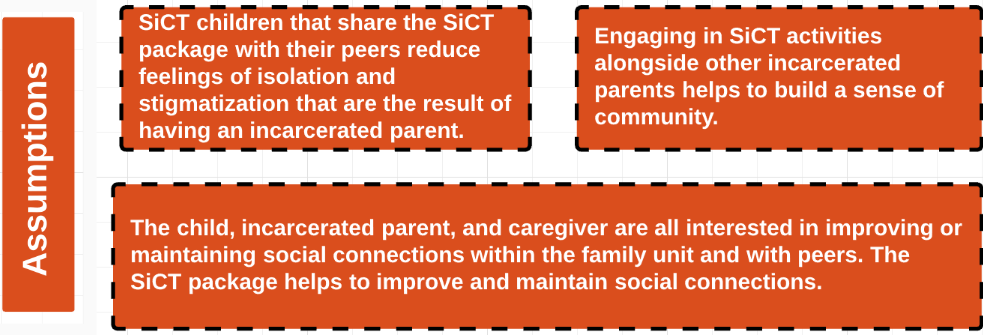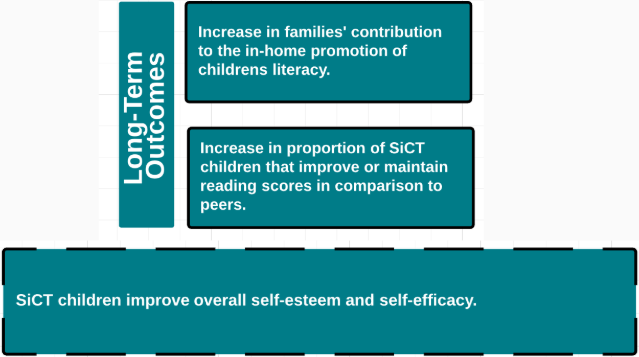Children's Literacy Network (CLN) Project Brief
Background on Children's Literacy Network
Children's Literacy Network (CLN) is a volunteer-based nonprofit agency that was founded in 1991 by a group of educators dedicated to promoting the benefits of literacy. Their programs serve students throughout Washtenaw County and are dedicated to closing the book and reading achievement gap to keep low-income students from falling further behind their more affluent peers. Through every initiative their offer CLN keeps these three goals in mind: that children are ready to succeed in kindergarten, that all children will read proficiently by the end of 3rd grade, and that all youth will graduate high school.
Reading is more than calling out words on a page. We emphasize looking at pictures, talking about the pictures and cuddling while doing so. We encourage turning off the television and having a quiet, attentive verbal time with children. We value reading multicultural books where children can see themselves depicted in the books. We underscore how important the combination of language stimulation and social/emotional interaction is to a child’s literacy development and overall well-being.
- CLN's Definition of Reading
Summary of Partnership
Starting in the Winter 2019 term, the student team began to search for appropriate assessment tools for the topic keeping in mind cost, validation, and usability for those involved in SiCT. Between March and April, the students also had the opportunity to enter Women's Huron Valley Correctional Facility for orientation and to observe the program in-person and to discuss the program with volunteers involved in running the program. This allowed the team to observe the processes of the program and we used this information to further refine the theory of change diagram.
Throughout the project, students have the opportunity to present their work three times. In March, a mid-project update was presented to Marsha Chamberlain, President of CLN Board of Directors. This was used to receive early recommendations, get feedback on their work, and to discuss future direction. At the end of the project, students presented to Marsha Chamberlin again and then to a collection of CLN volunteers and board members. All the feedback from these was incorporated into the final report.
2018-2019 Products
Theory of Change Diagram that links SiCT program activities to outcomes and long-term impact. This Theory of Change Diagram included to distinct paths: a literacy path and a resiliency path.
Theory of Change Diagram
This project hinged on the development of the logic model, which we developed using the Goldilocks theory of change methodology. This methodology guides the development of a diagram that links program activities to outcomes and long-term impact (Gugerty, Karlan, & Welsh, 2016).
Aspects of a Theory of Change Diagram
- Problem and Purpose Statements:
- Evaluators begin a theory of change by developing a clear statement of the problem that the program aims to address. This problem statement is informed by literature, other organizations doing similar work, and through direct observation. Our project followed a similar course, although we spent additional time clarifying the program's purpose. We arrived at both purpose and problem statements that serve as bookends for the theory of change diagram.
- Assumptions:
-
As we delved into the literature and began to develop the theory of change, we were able to identify two paths that matched SiCT's purpose: literacy and resiliency. Each pathway has a set of assumptions -- what must be trust in order for this aspect of the program to work as intended, and what does the evidence say about these assumptions.
-
Literacy Assumptions:
Resiliency Assumptions:
- Short-Term & Long-Term Outcomes:
-
Based on the assumptions, the Theory of Change Diagram then lists short-term and long-term outcomes for each pathway. If these assumptions held true, this is what we would expect to see for the Staying in Closer Touch program for both literacy and resiliency.
-
Literacy Short-Term Outcomes:
Literacy Long-Term Outcomes:
Resiliency Short-Term Outcomes:
Resiliency Long-Term Outcomes:
Recommended Readings
- Theory of Change Diagram: Gugerty, M. K., Karlan, D., & Welsh, D. (2016). Theory of Change: Laying the Foundation for Right-Fit Data Collection. Innovations for Poverty Action.







